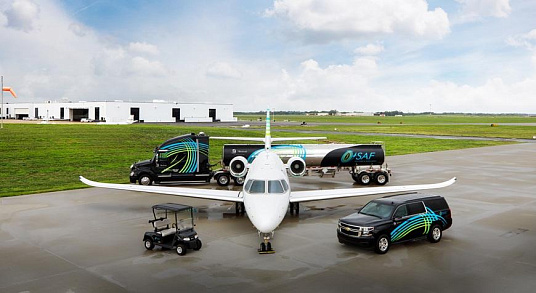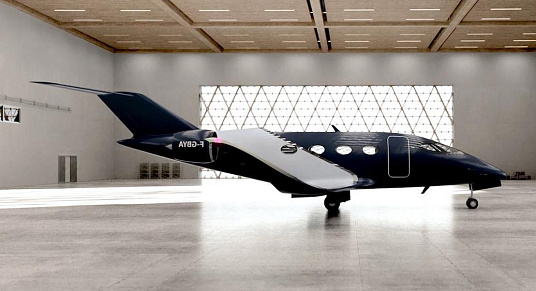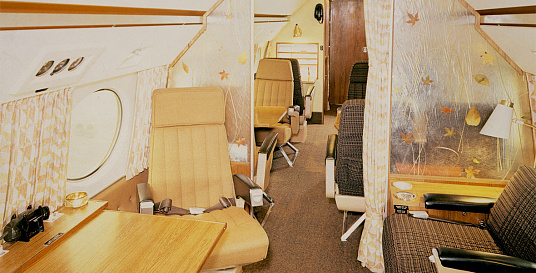02.10.2013
Новости
Engineers in Russia believe the Zarya cargo module, the oldest pressurized module on the International Space Station, can last in orbit until about 2028 – twice its design service life – despite microcracking in the hull during pressure and loads cycling of a test article on the ground.
Khrunichev State Research & Production Space Center has conducted two years of tests on the engineering hardware used to qualify the flight-version Zarya for its 15-year guaranteed service life, according to company official Sergey K. Shaevich. The results, he said during a presentation at the International Astronautical Congress here, further validated the original design and demonstrated that the module can continue to function in space.
That is good news for those who advocate keeping the station’s unique research capabilities in operation as long as possible. Zarya was launched on a Proton rocket in November 1998, and formed the basis for the ISS when assembly began with the arrival of the first U.S. node on the space shuttle Endeavour the following month.
Zarya was jointly funded by NASA and Russia, and received extensive testing before it was launched. Shaevich said Khrunichev retained all of the test facilities – including electrical, fuel-transfer and a “strength article” for pressure cycling – for troubleshooting once the module was in orbit. That same hardware has been used in the certification tests for the extended flight.
Of particular importance was the ground hardware that duplicates equipment on orbit that cannot be replaced easily because it is welded in place or inaccessible. Zarya continues to carry reserve fuel for the station propulsion system in the Zvezda service module, and Khrunichev used a thermal vacuum chamber for “accelerated-aging tests” with propellant to requalify the fuel-handling hardware on orbit, Shaevich said.
“All tests and analysis confirmed irreplaceable pneumohydraulic units and rubber and plastic sealants life extension until 2028,” he said.
After the strength article was subjected to pressure cycling and simulated bending loads around the docking ports at each end, engineers found microcracks in the aluminum hull. The cracks did not grow under additional testing, and the hull was cleared for mechanical loads. However, Shaevich said Khrunichev has some ideas about how to repair the cracks should it become necessary, based on inflight refurbishment done on Soviet-era Salyut stations.
Some of the recertification work was based on the Komplast space-exposure experiment removed from Zarya’s hull by spacewalking cosmonauts and returned to Earth after 12 years in space. Shaevich said the space data validated predictions of aging effects. The three-layer, debris-protection shields on Zarya suffered some degradation in the glues used to hold it together, but ballistic testing on the ground and reanalysis of the debris environment the module faces allowed the shielding to be cleared as well.
NASA has conducted similar work on the Unity node delivered by Endeavour to become the first U.S. element on the station. Built by Boeing, it was reinforced before launch to address cracking that developed in pressure testing, and has also been certified for extended service in orbit. In general, station planners are working on the assumption that the facility can be kept in orbit at least until 2028 with appropriate maintenance, repairs and upgrades.
Читайте также










